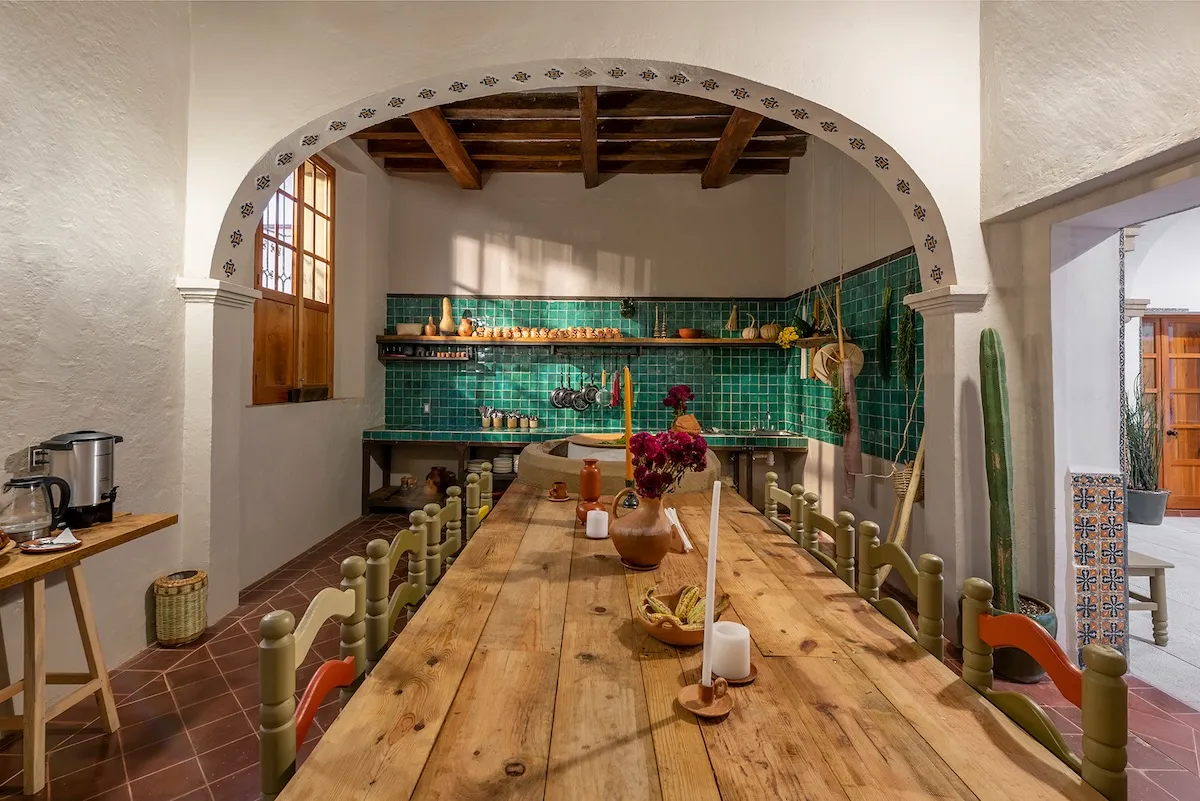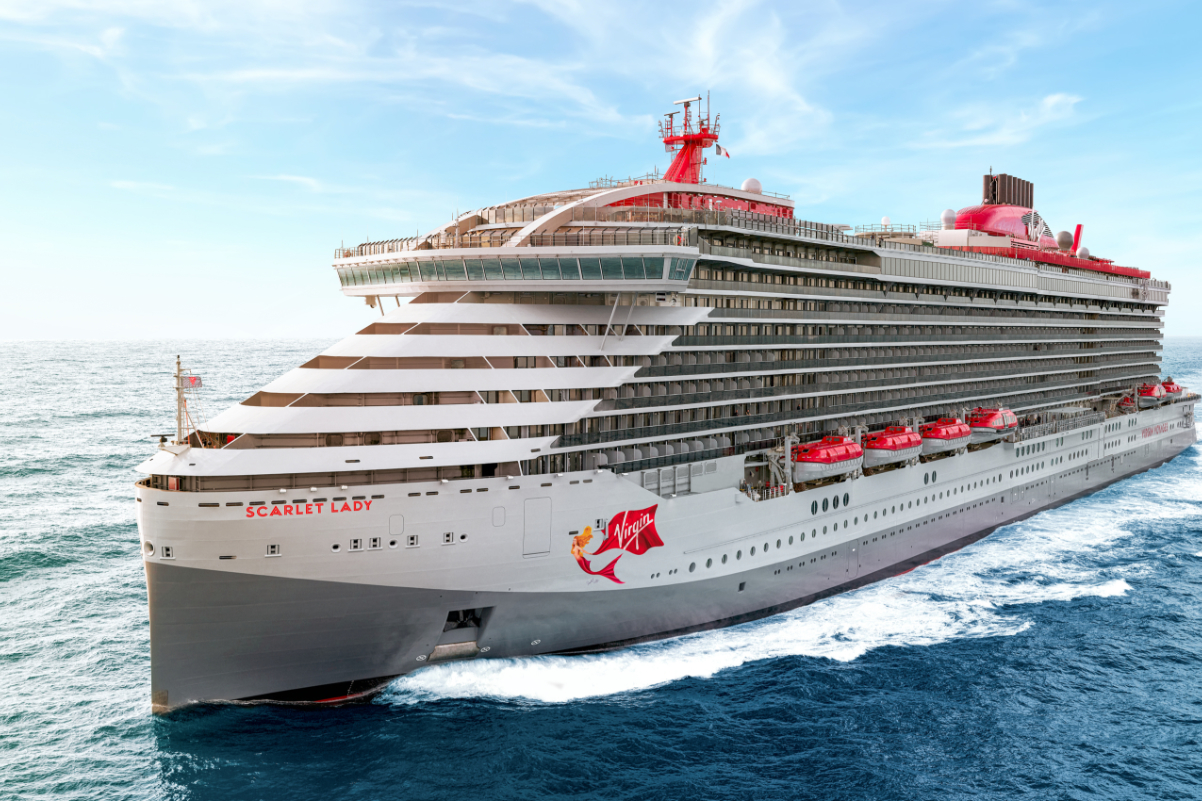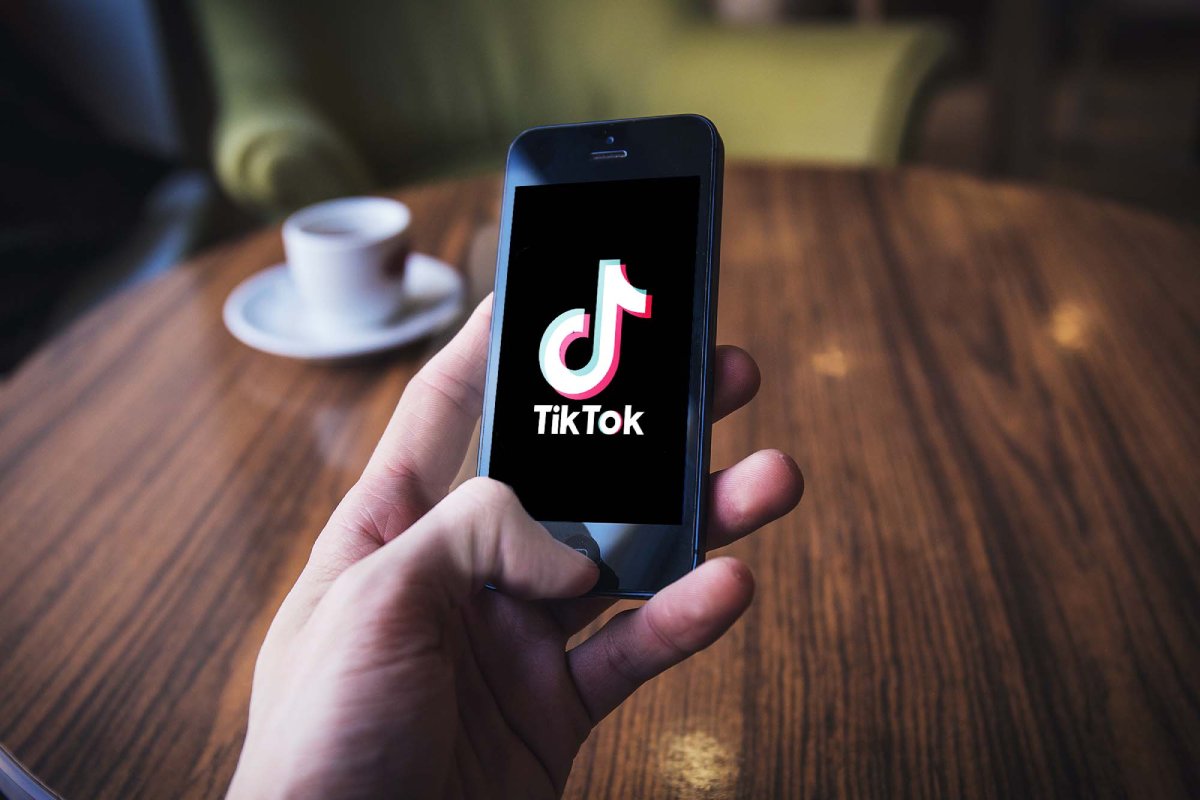Yes, Hotel Room Rates Are Up. But It Isn’t Price Gouging.
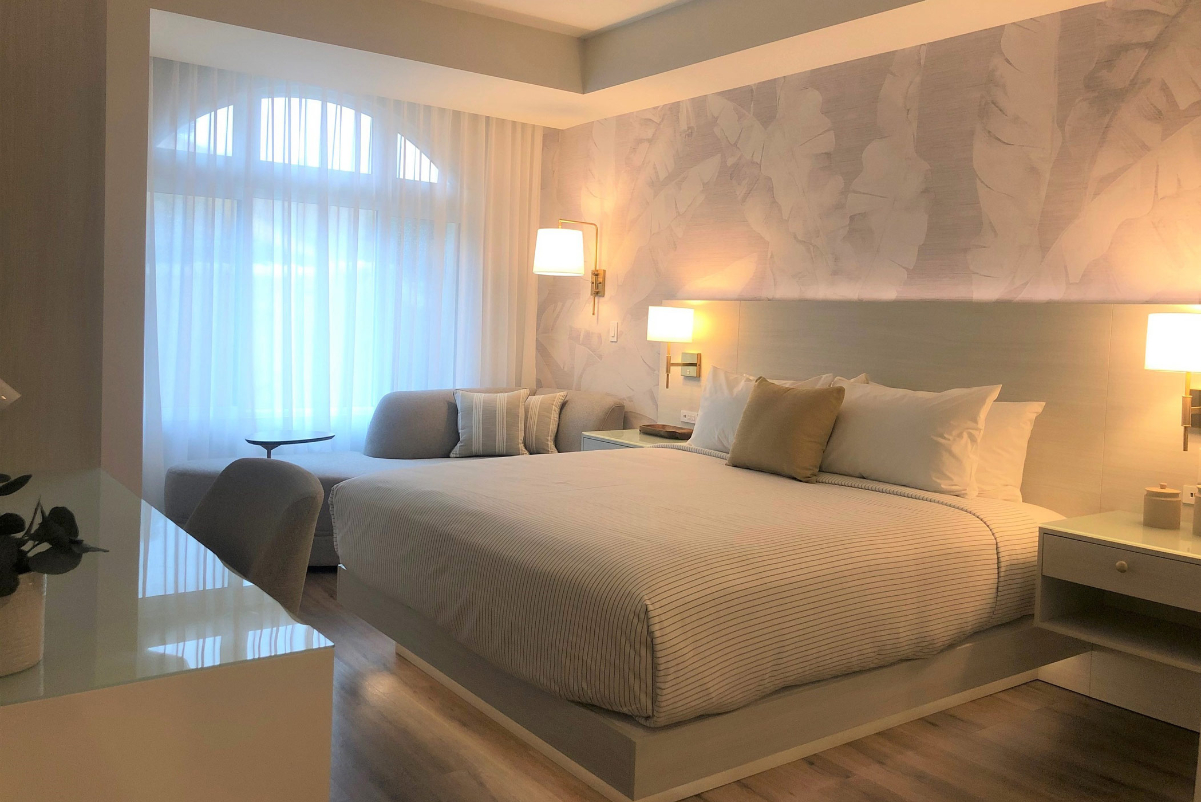
Skift Take
Summer travel season is in full swing and we can already hear the complaints: "It's outrageous what they're charging for a hotel room these days!" The narrative goes that greedy hoteliers are taking advantage of pent-up vacation demand to gouge desperate travelers. But this is a myth and far from the reality of the hotel business today.
It's true, the average hotel room in America went for $150 a night in May, a 13 percent hike from 2019. But that gain doesn't account for inflation. The recent government data on inflation is a good reminder that the price of everything, not just hotels, rose during the pandemic. To debunk the myth of the greedy hotelier, we need to place the price of a room in this broader context.
If we adjust for inflation, today's $150 a night is equivalent to $125 in 2019 terms. That's actually a 4% decline from May 2019. Adjusting hotel price data for inflation reveals that U.S. hotels have regained pre-pandemic rates in real terms but little more. In fact, far from price gouging, hotels have taken almost no price increase in real terms.
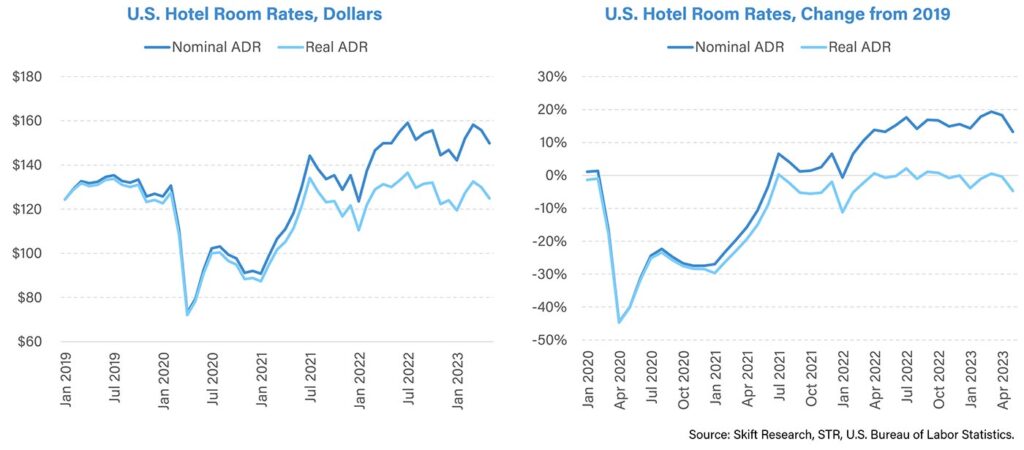
Hotel operators have experienced rising costs to operate their business. Everything from fuel and heating, to wages, to food costs, to laundry supplies are more expensive today. The inflation data suggests that most hoteliers are increasing their prices to keep pace with their rising costs. If they aren't making more profit, that's not price gouging.
We can benchmark the various categories that make up inflation relative to the broadest gauge of prices. This tells us where prices are rising faster than the overall rate of inflation. The culprits, it turns out, are transportation (with a large assist from fuel prices), food costs, and housing costs.

In contrast, the two major travel expenditure categories, hotels and airlines, have raised prices at or below the overall pace of inflation. This means that in real terms, the price of these travel services are flat or down versus 2019.
And while we're at it, spare a thought for those other price gouging villains, the airlines. In real, inflation adjusted, terms that industry has been on a steady pricing power decline since 2014.

Skift has been covering inflation and it's impact on the travel industry since the pandemic. To dive deeper into the subject, why not start by asking Ask Skift, a generative AI chatbot 'trained' on our news stories and research?

